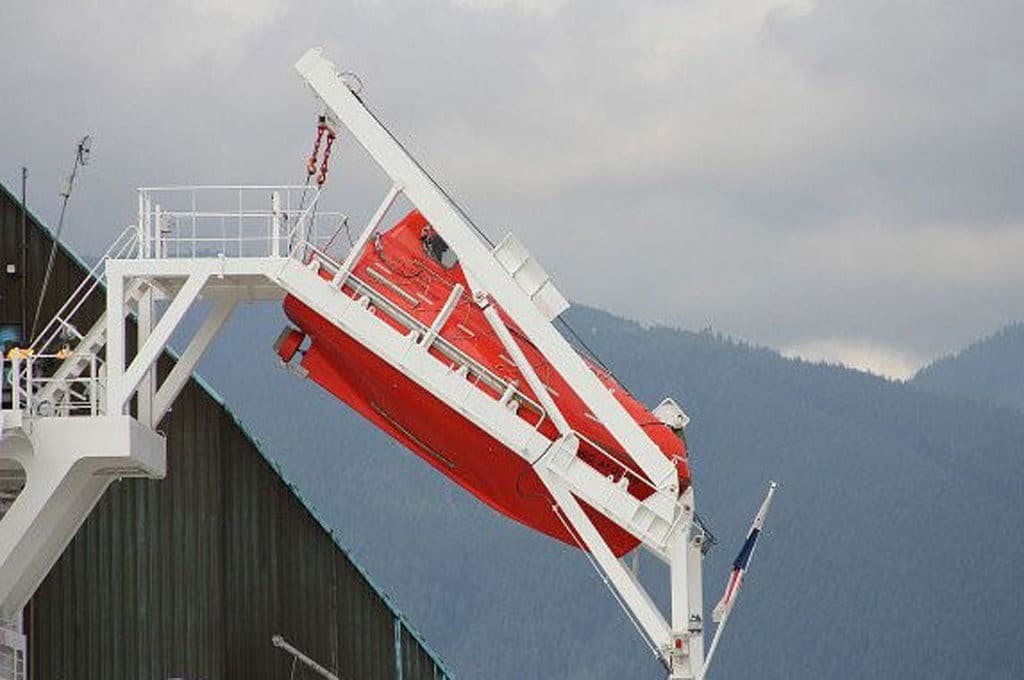Source: Skeleton news
Would there be a benefit in replacing the engine lifeboat start up battery by an ultracapacitor ESM (Engine Start Module)?
Lifeboats have been around for centuries with varying amounts of success at saving people’s lives at sea.The reliability of a lifeboat is crucial and they have to operate in all weathers no matter what. Some lifeboats are simply powerless life rafts that inflate upon launch and are only equipped to supply basic needs to sustain life. These are not equipped with any powerplant or electrical devices and are not the main topic of this blog.
Other lifeboats which are either partially or fully enclosed are generally provided with a diesel engine for propulsion and electricity generation and are started using a battery. The battery has a limited shelf-life and will self-discharge.
The price of a lifeboat can be very high because the safety requirements have become more and more stringent over the years and the boats themselves have become quite large. They are normally limited to 150 passengers. However, for some “mega” lifeboats the total passengers that can be rescued on board can be 350, provided it can be demonstrated that the lifeboat can be boarded in less than 30 minutes.
The boats have navigation equipment and “some” level of comfort. The fully enclosed lifeboats have their own air supply systems.
Lifeboat design and lifeboat systems design has been looking at issues such as ship listing and heavy fire on board. The recent disasters, such as the Costa Concordia and the Norman Atlantic, have shown that there is still a need for a research in both these areas.
An innovative and drastic solution has emerged and free falling lifeboats directly into the water is getting trendy. This is a great solution for oil rigs and tankers, because there is plenty of room to accommodate the launch ramps and not many crew.
For cruise ships and large passenger vessels, chutes (flexible material tubes) connected to life rafts or having the lifeboat lowered using a special crane (davit) are still a preferred solution.
Would there be a benefit in replacing the battery by an ultracapacitor ESM (Engine Start Module)?
For a diesel-operated lifeboat this would remove some headaches around battery maintenance and reliability. Diesels, when not used regularly and for long periods of time become difficult to start and temperamental as they do not operate under optimum conditions and get easily saturated with poorly burnt fuel and soot.
Additionally, If a battery is close to its end of life, it will struggle to get the diesel engine of the lifeboat started, especially in cold weather conditions.
The ESM, similar to a battery will have to be trickle charged whilst by-standing to ensure it is fully topped-up prior to action using the ship’s grid. The ESM will deliver plenty of power to get that diesel engine started, even in polar weather conditions.
And this as well as saving on maintenance costs will help save lives at sea.
